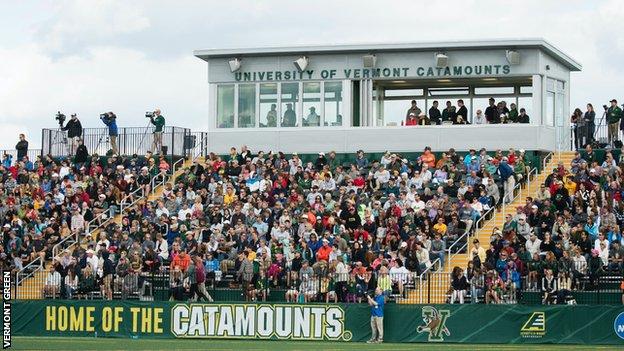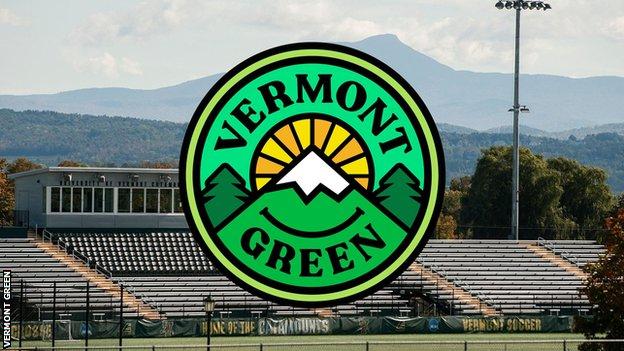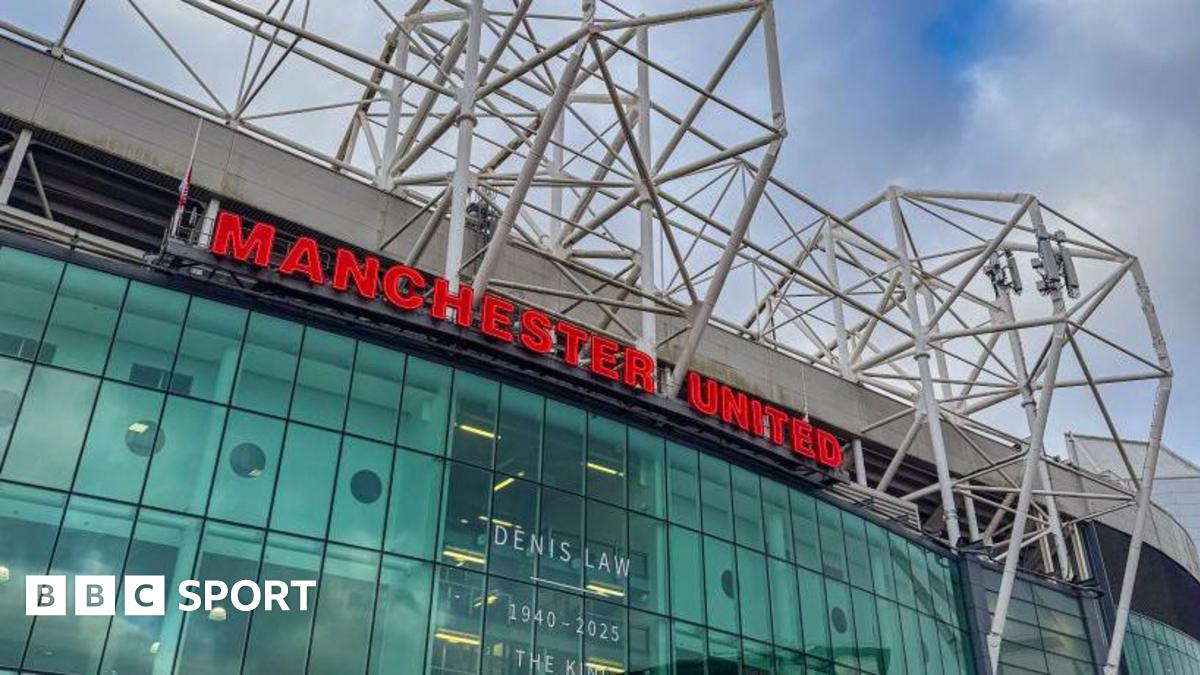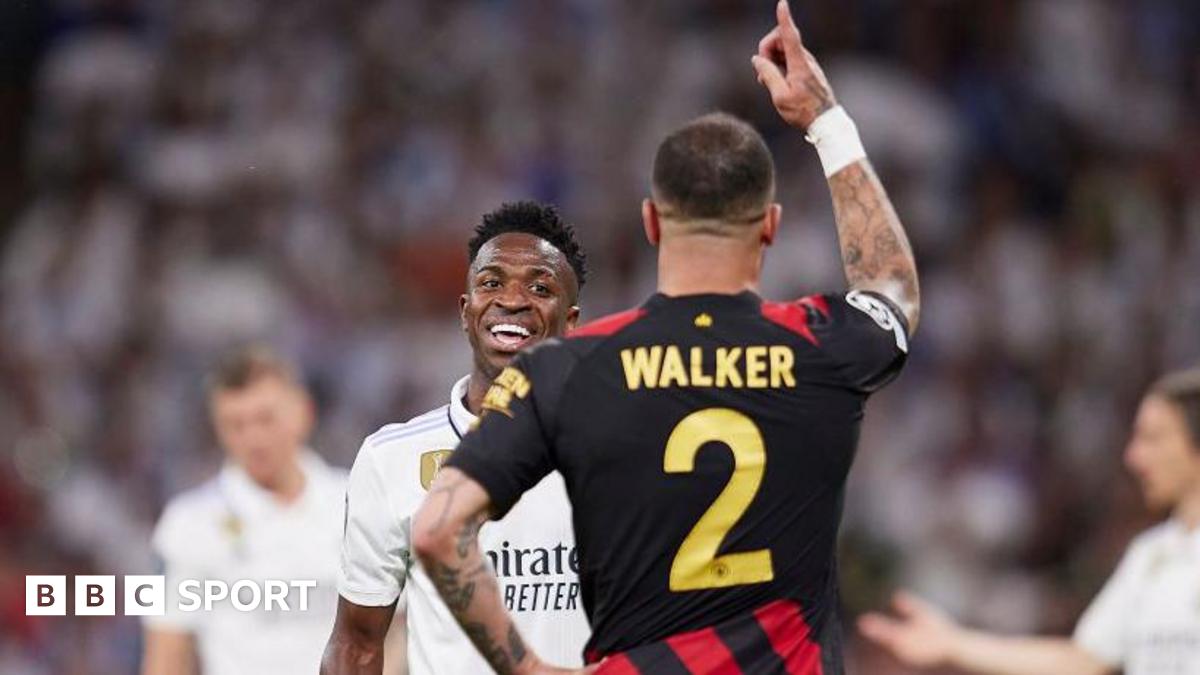ARTICLE AD BOX
 Vermont Green will play their home games at the university's Virtue Field in Burlington
Vermont Green will play their home games at the university's Virtue Field in BurlingtonWhen a group of football-loving old college mates put their heads together at the beginning of the pandemic they were not satisfied with just building a club of their own.
They wanted to try to change the world.
Two years later and that "half-baked" idea is now fully cooked, with Vermont Green set to make their debut in the USL League 2 - the United States' fourth tier - against Boston City on Sunday.
The dream is to climb the country's league system, but what sets Vermont Green apart is their belief football can be a powerful catalyst for a more environmentally sustainable and socially just world.
"Football clubs have this unique opportunity to be a reflection of their community," explains co-founder Matthew Wolff, best known for designing France's 2018 World Cup-winning kit and for his involvement in creating the hugely popular Nigeria number from the same tournament.
"Part of the mission is to inspire clubs around the country who are in divisions higher than us and see if they can make environmental justice and environmental responsibility a central part of running a football club."
Vermont Green interpret environmental justice as being the fair treatment and meaningful involvement of all people - regardless of race, colour, national origin or income - when it comes to developing, implementing and enforcing environmental laws, regulations and policies.
It is also a social movement fighting for the equal distribution of environmental benefits and burdens.
"It's putting the human face on environmental issues," says co-founder Keil Corey. "I go to climate change first because 76% of the state is really concerned about climate change. We are coming from a place where the culture already exists.
"We have to do more education on the human aspect of how climate change disproportionately burdens marginalised communities. Most often those communities have contributed least to the issue."
 Vermont Green's logo as they begin life in the US fourth tier
Vermont Green's logo as they begin life in the US fourth tierTo achieve their aims, the club have set five goals: become net zero, fight systemic racism, commit to donating 1% of their annual sales to environmental non-profits, source merchandise that uses recycled or upcycled materials and continue to educate and raise awareness of how to influence change.
Corey has generally found younger people to be more aware of the wider issues. He also believes people relate best to examples that have a direct impact on their locality. In Vermont, just south of the border between Canada and the United States, he says residents understand the need to protect the environment because of industries such as fishing, hunting and logging in the state.
"Soccer is a really good vehicle to talk about these things," he adds. "You can share the lived experiences of players or staff or community members.
"That is so much more convincing than polar bears. No offence to them - I love them and want them to survive - but that just doesn't quite compute to someone living in Vermont because they don't live next to polar bears.
"We're hoping to use our platform to get more people to use their voice and then start to take action, like calculate your carbon footprint, understand just what that is and start the journey with us."
'Crests and kits a gateway drug'
 Co-founder Matthew Wolff, left, with Vermont's first signing Oliver Martin
Co-founder Matthew Wolff, left, with Vermont's first signing Oliver MartinThe club's ethos is a popular one, attracting interest from the local community and beyond - they have spoken with English club Forest Green Rovers, received interest from companies who share a similar goal and had players from across the US getting in contact for trials because they agreed with the club's mission.
As was to be expected with Wolff involved, the club's merchandise is also proving a hit.
"Crests and kits can be a bit of a gateway drug to soccer addiction, especially in the US where the sport is in its adolescence," says Wolff, who also worked on the Paris St-Germain and Jordan Brand collaboration.
"Designing crests for clubs around the country has given me a really interesting seat at the table for new clubs in particular that are trying to define their identity.
"Being able to see how it was done at Chicago Fire, LAFC and New York City FC, I've been able to pick up some knowledge along the way and experience of how to start a club from scratch and build an identity."
The club's founders are funding the project themselves and as Vermont Green enter their inaugural season they understand there are plenty of lessons to be learned both on the pitch and off it.
"The common trope of sustainability being more expensive is no longer really true for a lot of things," explains Corey. "It's more of a time commitment."
Wolff adds: "The path we've chosen is to make every business decision with environmental responsibility in mind, so whether it's our apparel programme or our kits or our partners, we are holding ourselves to a high standard."

- Our coverage of your Premier League club is bigger and better than ever before - follow your team and sign up for notifications in the BBC Sport app to make sure you never miss a moment


 2 years ago
36
2 years ago
36








 English (US) ·
English (US) ·